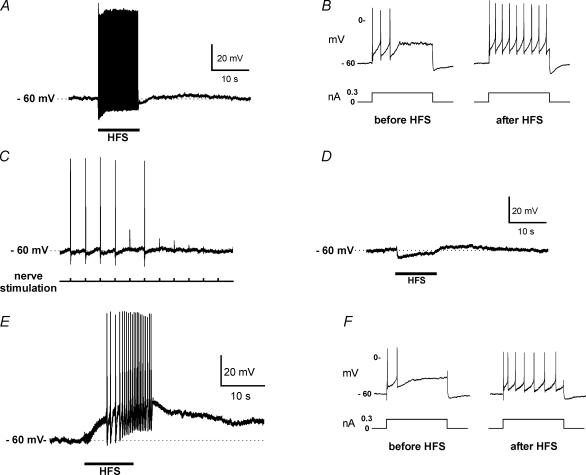Figure 1. Repetitive neural stimulation can initiate a sEPSP and an increase in cardiac neurone excitability.
A, HFS (20 Hz for 10 s) applied to a nerve fibre connective can elicit action potentials followed by a sEPSP in an innervated cardiac neurone. B, in the same cell as in A, neuronal excitability is enhanced following the sEPSP as evidenced from the increase in number of action potentials elicited by an identical 1 s suprathreshold depolarizing current pulse. C, during exposure to 1 mm hexamethonium, action potential generation elicited by 0.1 Hz stimulation of the nerve bundle is lost as the fast EPSP becomes progressively subthreshold. Hexamethonium was added to the bath just before the beginning of the record. D, when 1 mm hexamethonium was present in the bath solution, HFS elicited a hyperpolarization during the period of stimulation to the nerve connective, followed by a depolarization that persisted after the stimulation had ended. E, when both 1 mm hexamethonium and 1 μm atropine were present in the bath solution, only a sEPSP was elicited by HFS. The sEPSP in some cells was sufficiently large to elicit a burst of action potentials. F, in the same cell as in E, neuronal excitability was enhanced following the sEPSP as evidenced from the increase in number of action potentials elicited by an identical 1 s suprathreshold depolarizing current pulse. In A, C, D and E, the dashed line indicates the resting membrane potential.

